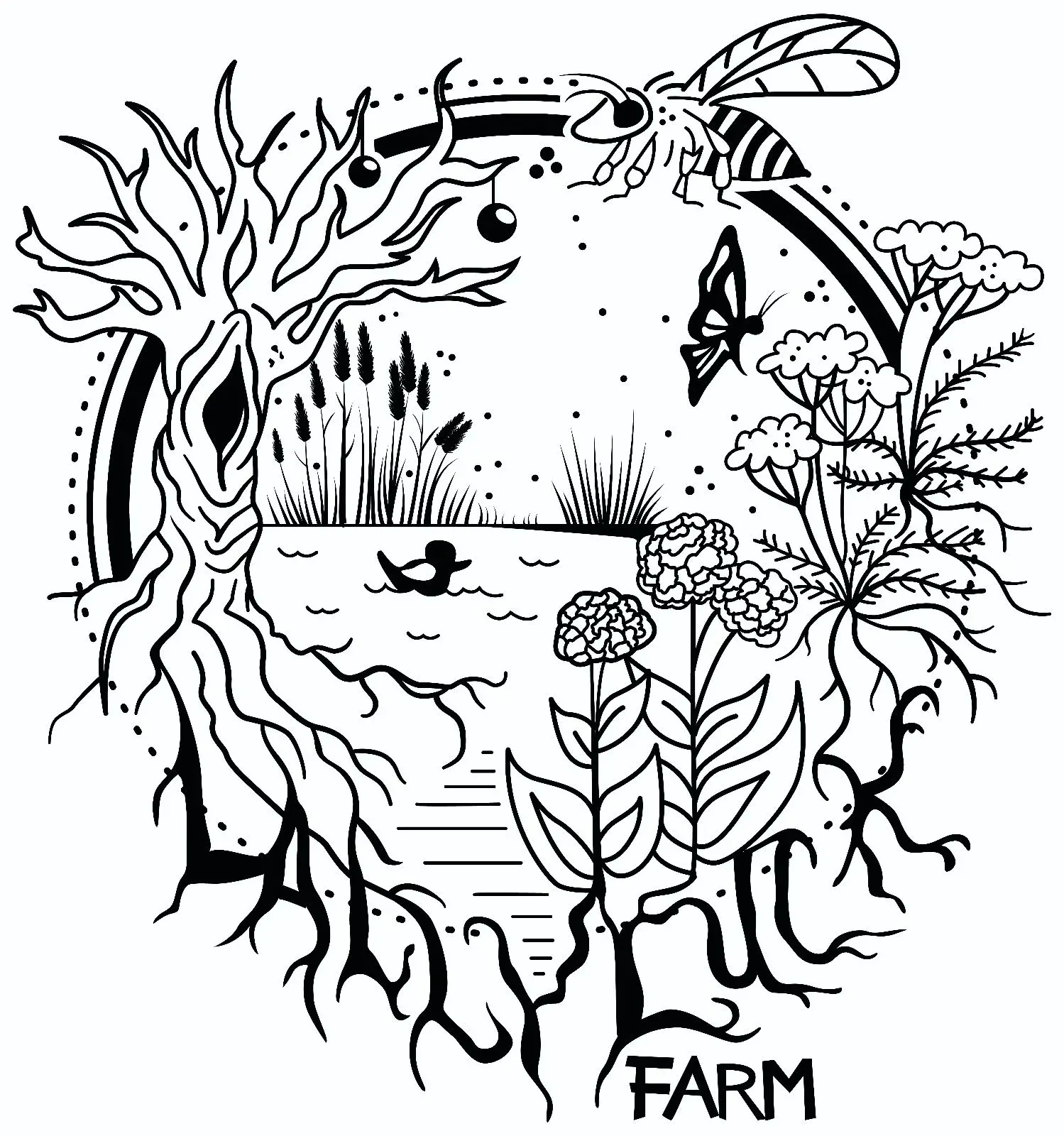I’ve exhausted search engine results and am looking for input based on my specific needs.
I recently started renting a townhouse with a medium-sized yard that has an ~15x24’ area of compacted soil that gets full afternoon and evening sun (west facing) in the 8b zone.
The landlord has given permission to do whatever so I’m trying to find options that suit me and my low budget. I’d rather not invest too heavily in someone else’s property but I also have to live here and want it to look and feel nice. I’m also expected to handle yard tending duties which I’d rather do myself than hire landscaping services.
Requirements:
-people and dog friendly
-not grass
-does not attract pests
-something one person with a small car can do
-low maintenance (I like gardening, I’m just realistic about my time commitments)
-low watering needs
I would like to throw in two 4x4’ raised bed boxes which would take care of the biggest ugly bald spot in the yard, but that’s up in the air still.
Would love your ideas!
White clover is my vote.
Seconding clover. It took me a couple years to get it established well in my yard but now it is a lot less mowing and nice to walk around barefoot in.
White clover is great for this, it’s used by a lot of farmers I know to cut down on weeds without using pesticides. One warning, be careful of the bees if you walk barefoot, they love clover flowers.
How about bark mulch? I love it especially when it comes from coniferous trees, nice smell and texture and you can plant some stuff in between. Feels nice to walk on, keeps weeds at bay and keeps the ground from drying up. Here in Germany you can get one 25l bag for 6-7 $.
Creeping thyme is a contender. You could do a contrast color creeping thyme in the raised box.
Low water, no maintenance, low cost from easy seed sowing. Easy peasy.
I like the suggestion of creeping thyme as made by @fiberandcolor. Some other ground covers that are pleasant to walk on/through include Waldsteinia fragaroides/barren strawberry, Viola spp/violets (flowers are edible/good for early season pollinators too), and Prunella vulgaris/heal-all. P. vulgaris is a little more sensitive to heavy foot traffic than the other two. ‘Alice’ is a nice enough clover but has a tall form and shows foot traffic sorta dramatically depending on how frequently you choose to mow.
If you live in North America, you could try frog fruit https://www.fnps.org/plant/phyla-nodiflora and maybe mix in sunshine mimosa. The best way to establish it would be to buy some pine straw and loosely scatter it around and on top of the new plants, and of course regular water for a few weeks.
The common name is great! I’d never heard of it before, thanks!
Thyme. Get a couple 4” pots and in a year you will have %300 growth. I have a creeping thyme , lemon thyme, and a mystery larger leafed thyme growing in large pots and though some of my beds in Michigan. Does really well in full sun. Doesn’t mind part shade. Animals don’t touch it because of the heavy scent. I’ve used it between flagstones in paths (Landscape Designer) and in Texas have seen it used for light walking traffic.
Over winter pay leaves stay on and get a dark green/reddish hue. They aren’t evergreen but without agitation tend to keep their leaves on. After awhile the stems tend to build up and create a low thicket like structure.
Other options are spreading sedums like Angelina mixed with other ground covers like creeping Jenny, wandering jew, wild violas/violets, frog fruit. My personally favorites in Texas were native sedge grasses (you mow them once a year to spread the seed tips.) Some great Sedge growers/researchers in Oklahoma region.
If you don’t go with an evergreen type plant, people tend to be concerned about tracking mud in over winter and early spring. Try to mix several ground cover plants in (violas and violets are winter growers in the south, sedge grows year long, some ground covers are fast spring growers. Mix and match where you can.)
Thank you for all these. I hesitated on thyme because it seemed slow scattering a few plants and but I’m mistaken. I like the idea of combination of types, too.
If you reside in the south, check out Texas Smartscapes. I haven’t looked at it in awhile but they had a lot of southern nurseries working together to provide good research on native and low maintenance plants of all types. Would provide resources for your climate zone if you’re not in the US.









